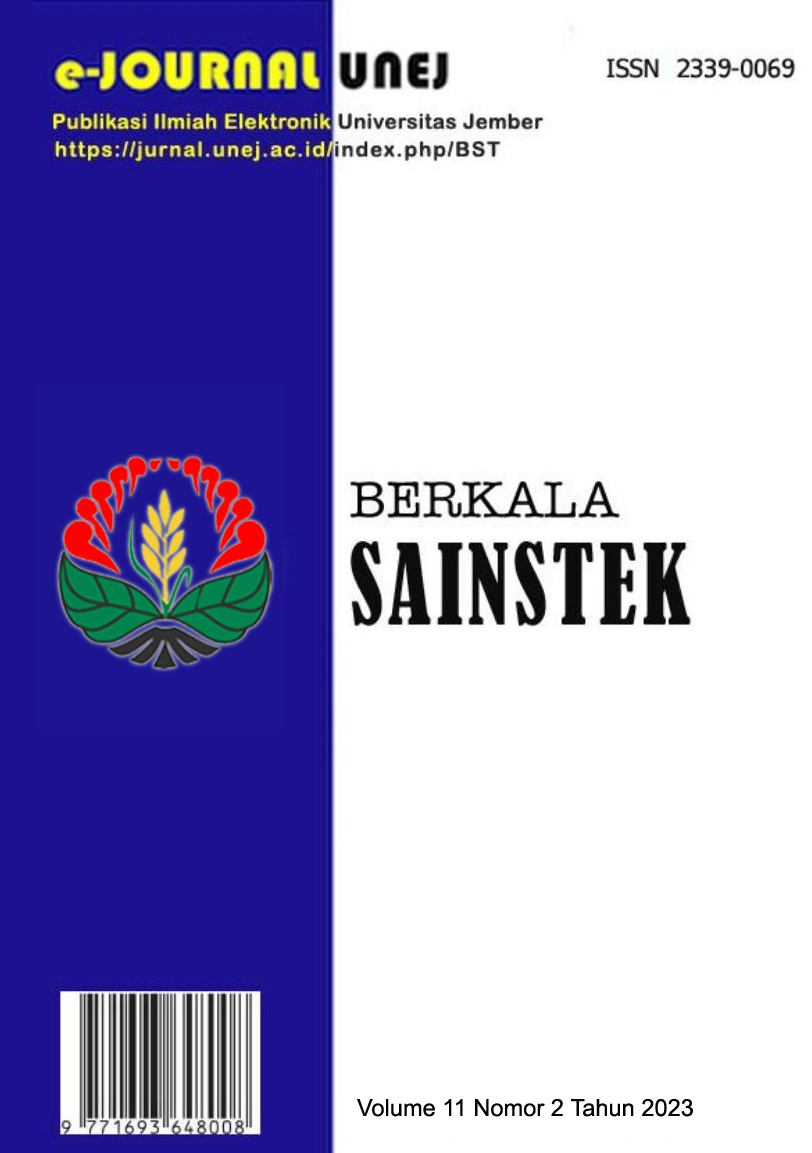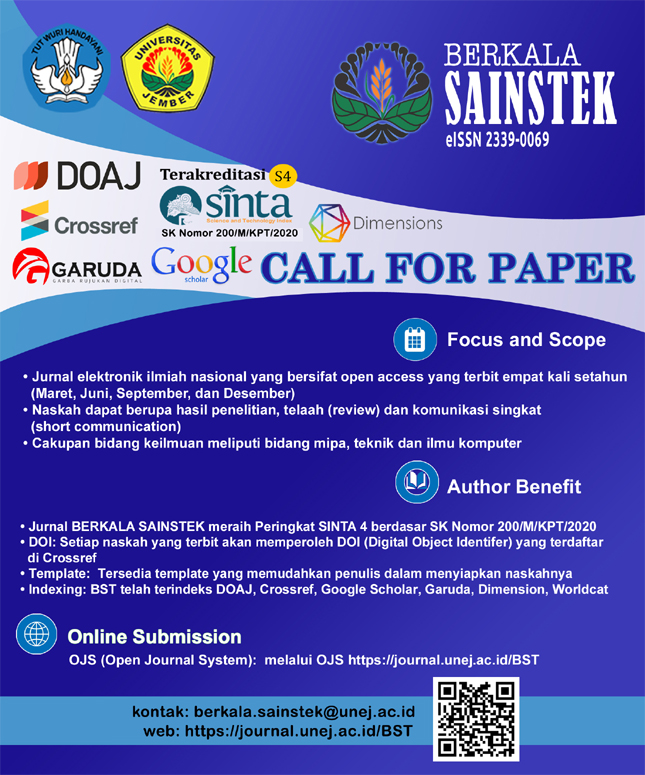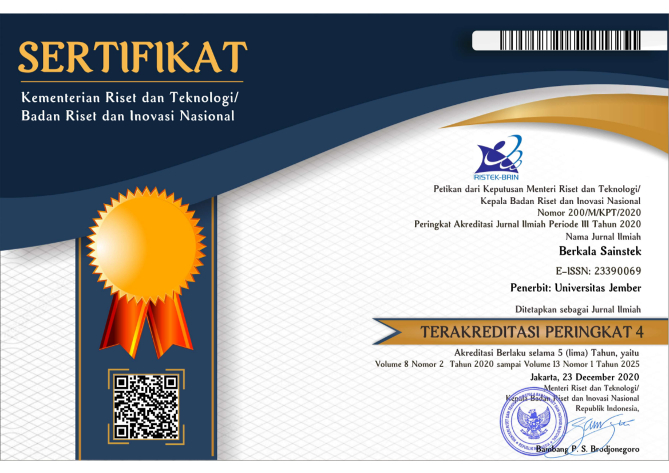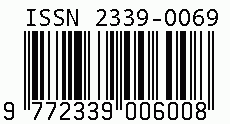Estimating The Distribution of Sea Water Intrusion in Sengkubang Village Based on The Resistivity Value
DOI:
https://doi.org/10.19184/bst.v11i2.36686Keywords:
Dipole-dipole, Groundwater, Intrusion, Resistivity, SeawaterAbstract
The fulfillment of clean water needs in Sengkubang Village is done by utilizing groundwater, which in some locations still has a brackish to salty. This situation is one indication of seawater intrusion into groundwater because Sengkubang Village is a coastal area. This study aims to estimate the distribution of seawater intrusion based on the subsurface resistivity value. The method used is the resistivity method with dipole-dipole configuration. Measurements in the field apply six lines with a length of 55 m and the smallest electrode distance of 5 m. The distance of each line from the coastline is approximately 410 m, 485 m, 560 m, 635 m, 710 m, and 785 m. The interpretation results show that the seawater intrusion at the study area has a resistivity value of 0.223 Ωm - 5.03 Ωm at a depth of 0.854 m to 10.9 m. The subsurface layer at the study site is composed of sand, sandy clay, and gravel sand mixed with silt. The unconfined aquifer layer, which is interpreted as sand, is thought to have experienced seawater intrusion to 785 m from the coastline.






